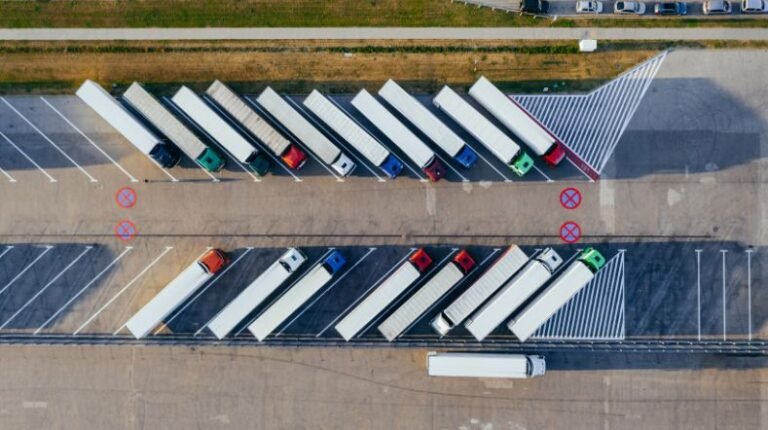The COVID-19 crisis was a wake-up call
But Silvas also sees many long-term benefits in automated logistics processes. “During the COVID-19 pandemic, supply chains have been severely disrupted, leading to empty shelves and prolonged delivery issues. This crisis was an important wake-up call. Since then, we have moved from traditional, labor-intensive logistics processes to decentralized and automated solutions. Consider smart containers or other innovative concepts. Ultimately, the goal is to make logistics more profitable, more robust and more sustainable. The Netherlands is traditionally strong in this sector, but we must continue to innovate to maintain this lead.
TNO wishes to contribute to this with an integrated vision of scalable logistics. “We always look at the bigger picture and make optimal use of digital solutions, such as intelligent data-driven models and even better planning algorithms. One of the projects in our early research program on self-organized logistics is called “Collaborative Trucks.” In this project, we study whether carriers and shippers can jointly achieve more efficient logistics planning by sharing transportation capacity. This reduces the number of empty kilometers, leading to reduced costs and emissions.
An affordable solution is missing
Although the benefits of fleet automation are widely recognized, there is a lack of simple and affordable solutions.
The demonstrator circulating on the Jaarbeurs site was developed for more than two years by the consortium partners. In the control room, Frank Evers closely monitors the V-move’s movements during the demo. Evers was involved from the beginning as technical manager in the CEYAS concept. “The current demonstrator can drive both autonomously and with the help of a remote operator. This dual operation makes the trailer moving device more versatile and cost-effective. This way we can automate many functions without wasting time and money on tasks that are still too complex to automate.
Automatic coupling
In the coming period, the CEYAS partners will further develop the system, focusing on vehicle perception and the pairing process. Frank Evers: “For safety reasons, it is important that the trailer driver is aware of his surroundings and the situation. We also want to automate trailer hitching and unhitching, which happens thousands of times a day in a distribution center yard.
However, according to Evers, the intention is not to develop CEYAS into a market-ready product entirely in-house. “We want to quickly bring this solution to the market by learning from the practices of our partners. This way we can better focus on market needs.
Technology transfer
In addition to further intensifying proof of concept, TNO is exploring a second route to commercialization. “Through our Tech Transfer program, we study whether we can transform an internal technology into a new business,” explains Silvas.
This is interesting for several reasons. It is important to consider that many parties facing this problem prefer a mature solution that they can take as a service and scale at scale. This is not TNO’s role by definition: we develop an idea, translate it into a working prototype and build a proof of concept to demonstrate its viability. It is then up to the market to bring an innovation to maturity. But if there are not enough companies, such a spin-out can be a good alternative. »
